Reading levels are declining across the United States, with just under one-third of American fourth-graders demonstrating reading proficiency, according to the National Assessment of Educational Progress (NAEP). The assessment, an annual evaluation of what students know and can do in core subjects like reading, math, science, and writing, shows this decline in reading is happening across multiple states and all socioeconomic backgrounds. Similarly, the New York Times reported recently that the results of this year’s internationally-administered PISA assessment showed about one-fifth of American 15-year-olds reading below levels expected of a 10-year-old.
Though these results are disappointing and disheartening, they are not entirely surprising. They are part of a trend that has been holding steady for years. There are several “blame factors” both in and outside the classroom that one can point to as an explanation for these poor results, from issues with reading instruction at school to the overwhelming technological distractions facing today’s kids.
In a recent audio documentary, “Hard Words: Why aren’t kids being taught to read?,” creator Emily Hanford explores how many US educators have not implemented or were not taught the science behind reading instruction in their teaching preparatory courses. There is plentiful research that exists on classroom reading instruction that demonstrates, essentially, what is and isn’t effective when it comes to teaching kids how to read, whether the kids are preschoolers or high school freshmen. Though the “old ways” of classroom reading instruction (methods like balanced literacy) are the preferred methods of many educators, the results of reading evaluations like NAEP demonstrate that, simply put, it’s time to make a change.
Outside of the classroom, kids have dozens more entertainment options at their fingertips than they had just a matter of years ago. With playtime options like Fortnight, endless gaming apps for iPads and iPhones, a growing number of social media platforms, podcasts, and other easily accessible technology, it’s no wonder kids are spending more time in front of screens and less time curled up with a good book, especially if they were not surrounded by books from a young age. Much has been written on how the overuse of digital technology can negatively affect the concentration, attention spans, and ability to stay on task that are necessary for learning.
More explanation for the drop in reading scores may be that many children simply don’t have access to the important learning experiences they need to foster language development and literacy. These children may live in challenging circumstances related to their housing, health, access to adequate food and medical care, their parents’ financial circumstances, language barriers, or citizenship status. In a distressing study, Harvard University found that the average performance of the lowest income students in the US is about three to four years behind that of the highest income students. Resource barriers are to blame for this educational “achievement gap” that remains as wide today as it was almost 50 years ago.
While there may be several contributing factors to declining reading levels, one thing we can all agree on is this: reading is pivotal to a child’s healthy and successful development. Children who don’t learn to read by the end of third grade are likely to remain poor readers for the rest of their lives and are more likely to fall behind in other subjects, too. Children who struggle with reading are more likely to drop out of high school, enter the criminal justice system, and live in poverty.

Those are the negative, scary statistics, but what if we look at it another way? Did you know that, along with promoting healthy brain development, reading aloud to young children cultivates stronger emotional connections to their loved ones? Engaging in reading from a very young age helps children develop not only reading comprehension skills, but patience, empathy, and overall literacy, leading to greater success and happiness later in life. Reading promotes a strong imagination and teaches children about the world around them, all while exercising the brain. Reading is also fun, a feeling that kids who struggle with the subject may not be experiencing.
To encourage a lifelong love of reading, books should be present in a child’s life from infancy. Reading should be considered a form of play and not simply an educational necessity. When reading becomes something one does for enjoyment, children are more likely to opt for a good book in favor of an hour on the iPad— at least every now and then.
At Boston Children’s Museum, we recognize the issue our city, state, and country faces regarding our children’s reading skills, and we want to be a part of the solution. Our institution is based on providing children with a safe place for learning and discovery experiences through play, and reading is very much a part of that play.
This December, the Museum is excited to host “Holiday Storytimes,” a read-aloud session mixing the wonder of the holiday season with the joy of reading. Over four weekends, we will read four books that share the many traditions of the holidays, followed by an activity that encourages reflection on family and community. This is one effort in what will become a greater emphasis placed on the power of reading at the Museum in 2020 and beyond. If you are in the Boston area, we encourage you to come visit us this December for one of our Holiday Storytimes, beginning on December 14th.


This is such an important post. There’s a lot you can take from it to apply in other areas of raising children, not just reading and writing. I think the most important note for me was the part about not censoring their feelings. Thanks!!